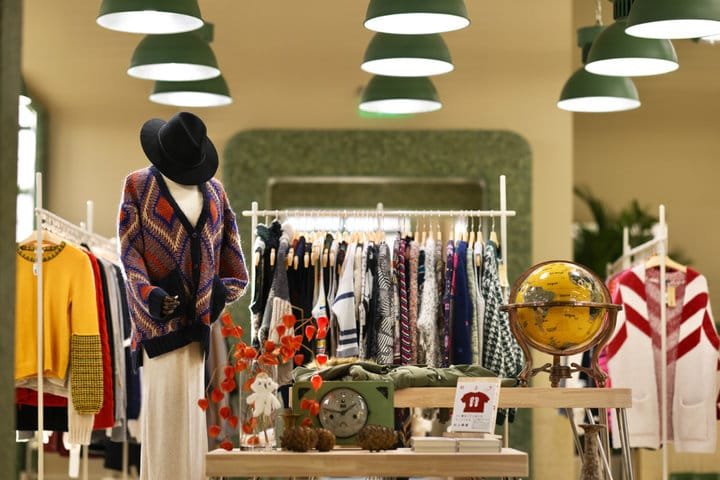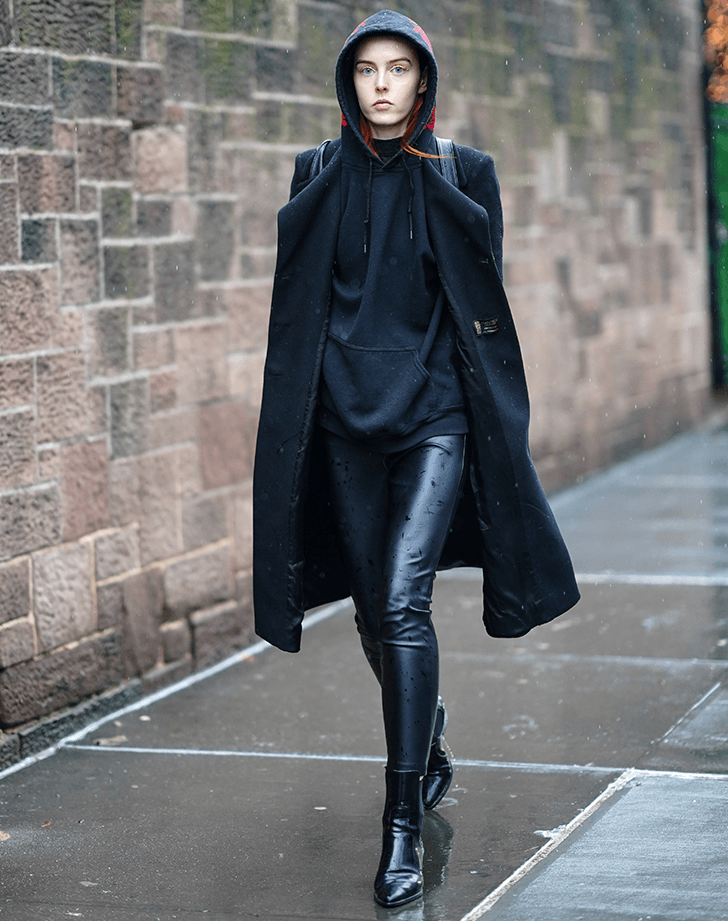In recent years, there’s been a significant shift in consumer behavior towards pre-owned clothing. This trend is fueled by a growing disillusionment with fast fashion and an increasing awareness of environmental concerns and the importance of sustainability. The once-taboo second-hand and vintage clothing is now seen as both fashionable and eco-friendly.
Online platforms like Vinted, eBay, and Depop have revolutionized the way we shop for second-hand clothing, making it a more accepted part of the retail landscape. Brands are recognizing this change and are stepping in to cater to their customers’ evolving preferences and to demonstrate their commitment to circular fashion. This article delves into the concept of the second-hand clothing market and explores the reasons behind its growing acceptance among consumers and retailers alike.
Understanding the Second-Hand Fashion Market
Second-hand fashion encompasses clothing or accessories that have had previous owners. Interestingly, this doesn’t necessarily imply that the items are used, as some second-hand items might still be tagged!
The sale of second-hand clothing typically falls into two categories: traditional charity shops found on the high street and modern resale methods that involve peer-to-peer transactions on platforms like Marketplace, eBay, and ASOS.
Vintage clothing, a significant segment of the second-hand fashion industry, refers to garments from a bygone era. These can be sourced from local boutiques, charity shops, or online, often commanding a premium price based on their age, brand, rarity, and condition.

The Rise in Popularity of Second-Hand Clothing
Younger demographics, particularly Gen Z, are more inclined to purchase pre-owned items due to cost-effectiveness and the positive environmental impact. There’s a genuine concern among shoppers about the environmental footprint of fast fashion, a concern that may have been heightened by the recent pandemic. Additionally, younger generations face more financial constraints compared to their predecessors at the same age.
Purchasing second-hand allows individuals to express their uniqueness and create a one-of-a-kind look, reducing the likelihood of wardrobe duplications. The ease of acquiring second-hand items has also increased, thanks to numerous apps and websites that facilitate quick access.
Fast Fashion vs. Second-Hand Clothing
The growing second-hand market has led to a decline in the appeal of fast fashion, which is known for its rapid production of lower-quality items that often end up in landfills after minimal use. In contrast, second-hand clothing offers durable, reusable options that can be resold, promoting a circular economy and reducing waste.
Brands Embracing the Second-Hand Market
The global second-hand clothing market has been dominated by reselling specialists like eBay and thredUp, but recently, other established retailers have started to follow suit. Many brands are launching their own resale programs, offering pre-owned items alongside new products. Even luxury brands are joining the second-hand trend.
Retailers are also forming partnerships with resale businesses, such as M&S’s collaboration with Oxfam, which rewards donors with a £5 voucher. These partnerships expand the brand’s customer base and showcase their support for the circular economy.
Several brands now offer vintage clothing, with major retailers like Urban Outfitters and Weekday selling these items both online and in-store. Even fast fashion brands are getting on board, as seen in Boohoo’s collaboration with Glass Onion for their Kourtney Kardashian Barker line, which featured vintage pieces.
The popular TV show, Love Island, has also contributed to the mainstreaming of second-hand clothing by partnering with eBay, showcasing pre-loved attire to millions of viewers.
The Issue of Greenwashing
Greenwashing occurs when a brand claims to offer sustainable and eco-friendly products without substantial evidence to back these claims. This practice is common in fast fashion brands that launch sustainable collections while their overall business practices may not align with such standards.
Consumers are increasingly skeptical of greenwashing and prefer to conduct their research before supporting brands that claim to be environmentally friendly.

The Benefits of Buying Second-Hand Clothing
- Discovering Unique Pieces: Second-hand shopping allows you to find one-of-a-kind garments, creating a personalized wardrobe.
- Environmental Support: By purchasing used clothing, you prevent garments from ending up in landfills and prolong their lifecycle.
- Supporting a Good Cause: Many thrift shops are charity-run, allowing you to contribute to a good cause while shopping.
- Saving Money: Second-hand clothing is often more affordable, offering savings without compromising on quality.
- Acquiring High-Quality Garments: Pre-owned clothing is frequently made from durable materials, ensuring longevity and reducing landfill contributions.
What Happens to Second-Hand Clothes?
For quality clothes that you no longer need, consider:
- Selling them to extend their life.
- Donating to charity.
- Swapping with friends and family.
Embracing a Sustainable Future in Fashion
As the second-hand clothing market continues to thrive, it’s clear that consumers and retailers alike are recognizing the importance of sustainable fashion practices. The shift towards pre-owned clothing is not just a trend; it’s a movement towards a more responsible and eco-conscious approach to style. By choosing second-hand, we’re not only making a statement about our personal values but also contributing to a global effort to reduce waste and preserve the environment for future generations. The future of fashion is circular, and it’s up to all of us—both individuals and brands—to continue pushing the boundaries of what’s possible in sustainable style.



